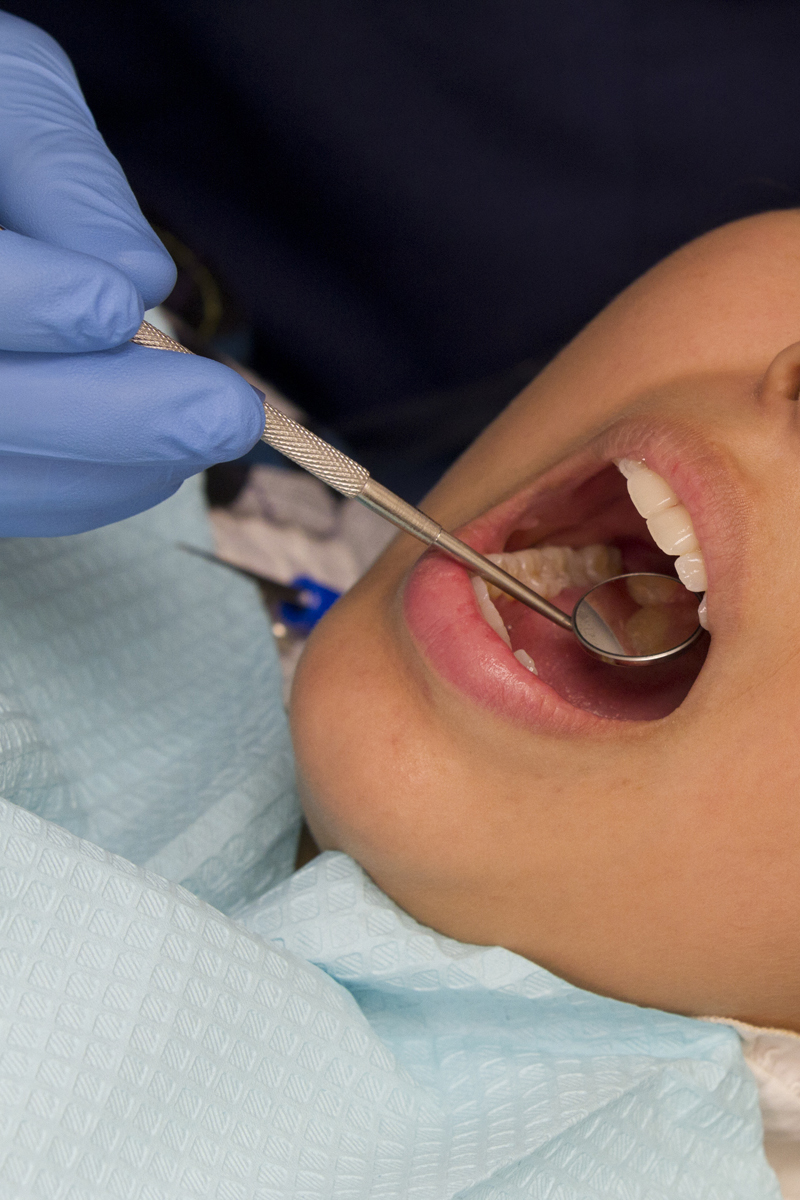
Research Highlights:
- In a study of more than 1,200 women in the U.S., average age 63 years, 10 kinds of oral bacteria were associated with a higher risk of developing high blood pressure, while five strains of bacteria were linked with lower hypertension risk.
- The observational study cannot prove cause and effect; however, the findings highlight possible opportunities to enhance hypertension prevention through targeted oral care, researchers said.
Embargoed until 4 a.m. CT/5 a.m. ET Wednesday, March 2, 2022
(NewMediaWire) – March 02, 2022 – DALLAS – Some oral bacteria were associated with the development of hypertension, also known as high blood pressure, in postmenopausal women, according to new research published today in the Journal of the American Heart Association, an open access, peer-reviewed journal of the American Heart Association.
High blood pressure is typically defined by two measurements: systolic blood pressure (the upper number measuring pressure when the heart beats) of 130 mm Hg or higher, and diastolic blood pressure (the lower number indicating pressure between heart beats) of 80 mm Hg or higher.
While previous research has indicated that blood pressure tends to be higher in people with existing periodontal disease compared to those without it, researchers believe that this study is the first to prospectively examine the association between oral bacteria and developing hypertension.
“Since periodontal disease and hypertension are especially prevalent in older adults, if a relationship between the oral bacteria and hypertension risk could be established, there may be an opportunity to enhance hypertension prevention through increased, targeted oral care,” said Michael J. LaMonte, Ph.D., M.P.H., one of the study’s senior authors, a research professor in epidemiology at the University at Buffalo – State University of New York and a co-investigator in the Women’s Health Initiative clinical center in the University’s epidemiology and environmental health department.
Researchers evaluated data for 1,215 postmenopausal women (average age of 63 years old at study enrollment, between 1997 and 2001) in the Buffalo Osteoporosis and Periodontal Disease Study in Buffalo, New York. At study enrollment, researchers recorded blood pressure and collected oral plaque from below the gum line, “which is where some bacteria keep the gum and tooth structures healthy, and others cause gum and periodontal disease,” LaMonte said. They also noted medication use and medical and lifestyle histories to assess if there is a link between oral bacteria and hypertension in older women.
At study enrollment, about 35% (429) of the study participants had normal blood pressure: readings below 120/80 mm Hg, with no use of blood pressure medication. Nearly 24% (306) of participants had elevated blood pressure: readings above 120/80 mm Hg with no medication use. About 40% (480) of participants were categorized as having prevalent treated hypertension: diagnosed and treated for hypertension with medication.
Researchers identified 245 unique strains of bacteria in the plaque samples. Nearly one-third of the women who did not have hypertension or were not being treated for hypertension at the beginning of the study were diagnosed with high blood pressure during the follow-up period, which was an average of 10 years.
The analysis found:
- 10 bacteria were associated with a 10% to 16% higher risk of developing high blood pressure; and
- five other kinds of bacteria were associated with a 9% to 18% lower hypertension risk.
These results were consistent even after considering demographic, clinical and lifestyle factors (such as older age, treatment for high cholesterol, dietary intake and smoking) that also influence the development of high blood pressure.
The potential associations for the same 15 bacteria with hypertension risk among subgroups was analyzed, comparing women younger than age 65 to those older than 65; smokers versus nonsmokers; those with normal versus elevated blood pressure at the start of the study, and other comparisons. Results remained consistent among the groups compared.
The findings are particularly relevant for postmenopausal women, since the prevalence of high blood pressure is higher among older women than older men, according to LaMonte.
More than 70% of American adults ages 65 and older have high blood pressure. That age category, the fastest growing in the U.S., is projected to reach 95 million by 2060, with women outnumbering men 2 to 1, according to a 2020 U.S. Census report. The 2020 U.S. Surgeon General’s Call to Action to Control Hypertension underscores the serious public health issue imposed by hypertension in adults, especially those in later life. Identifying new approaches to prevent this disease is, thus, paramount in an aging society.
According to the American Heart Association, nearly half of U.S. adults have high blood pressure, and many don’t know they have it. High blood pressure is a major risk factor for cardiovascular disease and stroke.
“We have come to better appreciate that health is influenced by more than just the traditional risk factors we know to be so important. This paper is a provocative reminder of the need to expand our understanding of additional health factors that may even be influenced by our environments and potentially impact our biology at the endothelial level,” said Willie Lawrence, M.D., chair of the American Heart Association’s National Hypertension Control Initiative’s (NHCI) Oversight Committee. ”Inclusive research on hypertension must continue to be a priority to better understand and address the condition.”
Due to the study’s observational approach, cause and effect cannot be inferred, limiting the researchers’ ability to identify with certainty that only some bacteria are related to lower risk of hypertension while others are related to higher risk. A randomized trial would provide the evidence necessary to confirm which bacteria were causal agents in developing – or not developing – hypertension over time, according to LaMonte.
Co-authors are Joshua H. Gordon, M.D., Ph.D.; Patricia Diaz-Moreno, D.D.S., Ph.D.; Christopher A. Andrews, Ph.D.; Daichi Shimbo, M.D.; Kathleen M. Hovey, M.S.; Michael J. Buck, Ph.D.; and Jean Wactawski-Wende, Ph.D.
The study was funded by the National Heart, Lung, and Blood Institute, the National Institute for Dental and Craniofacial Research and the National Institute of Allergy and Infectious Diseases, which are divisions of the National Institutes of Health (NIH); the U.S. Army Reserve Medical Corps; the Women’s Health Initiative program (Coordinating Center, Fred Hutchinson Cancer Research Center); and the University at Buffalo Clinical Translational Science Institute.
Studies published in the American Heart Association’s scientific journals are peer-reviewed. The statements and conclusions in each manuscript are solely those of the study authors and do not necessarily reflect the Association’s policy or position. The Association makes no representation or guarantee as to their accuracy or reliability. The Association receives funding primarily from individuals; foundations and corporations (including pharmaceutical, device manufacturers and other companies) also make donations and fund specific Association programs and events. The Association has strict policies to prevent these relationships from influencing the science content. Revenues from pharmaceutical and biotech companies, device manufacturers and health insurance providers and the Association’s overall financial information are available here.
Additional Resources:
About the American Heart Association
The American Heart Association is a relentless force for a world of longer, healthier lives. We are dedicated to ensuring equitable health in all communities. Through collaboration with numerous organizations, and powered by millions of volunteers, we fund innovative research, advocate for the public’s health and share lifesaving resources. The Dallas-based organization has been a leading source of health information for nearly a century. Connect with uson heart.org, Facebook, Twitter or by calling 1-800-AHA-USA1.
###
For Media Inquiries and AHA/ASA Expert Perspective: 214-706-1173
Bridgette McNeill: bridgette.mcneill@heart.org
For Public Inquiries: 1-800-AHA-USA1 (242-8721)
heart.org and stroke.org
